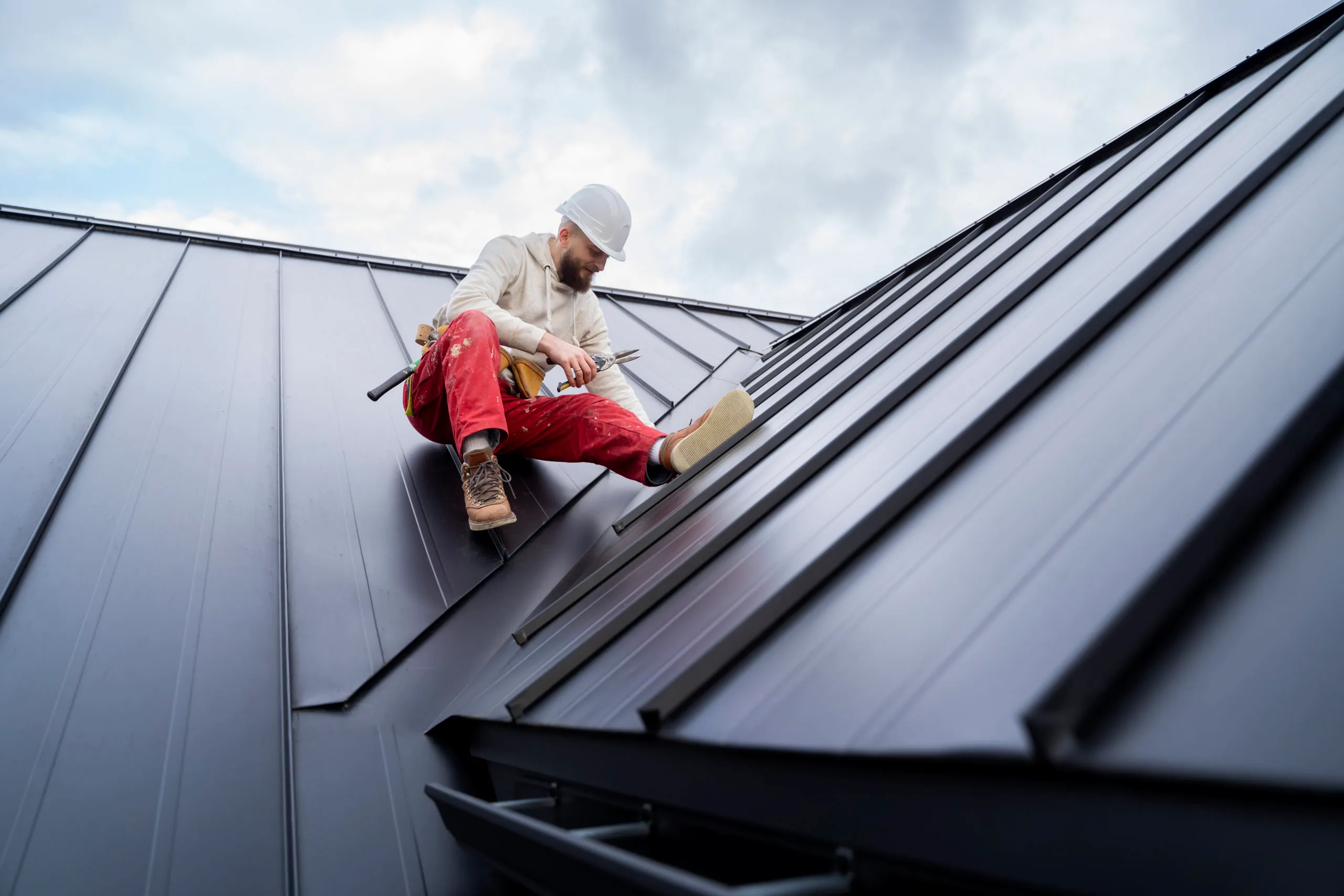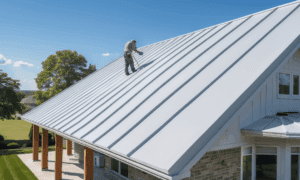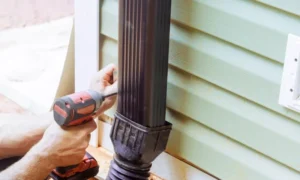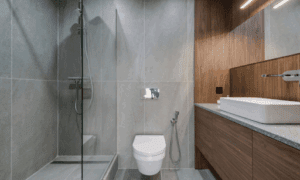A roof does much more than simply cover your home. It protects your family from the elements, improves energy efficiency, and boosts your property’s overall value. Yet, many homeowners wait until a roofing problem becomes a crisis before taking action. When your current roof shows signs of age, damage, or inefficiency, it might be time to consider investing in a new roof—a decision that requires careful planning, research, and professional guidance.
Installing a new roof is one of the most significant investments you can make in your home. It’s not just a cosmetic upgrade—it directly impacts safety, comfort, and long-term property value. Whether you’re replacing an old roof, upgrading materials, or building a home from scratch, this guide will walk you through the essential considerations, materials, and steps involved in the process.
Let’s dive into what you need to know before taking on a roofing project.
The Right Time for a Roofing Upgrade
Knowing when to replace your roof is crucial. While some issues are obvious—like a leak or missing shingles—others can go unnoticed until serious damage has occurred. Here are some signs it might be time to consider a new roof:
1. Visible Damage
Cracked, curled, or missing shingles often point to deeper issues. If large patches of your roof are deteriorating, repairs may no longer be enough.
2. Water Leaks or Stains
Water stains on your ceilings or walls often suggest a failing roof. In some cases, small leaks can be patched, but widespread moisture problems usually require full replacement.
3. Age of Your Roof
Most asphalt shingle roofs last around 20–25 years. If your roof is approaching or past this lifespan, replacement should be a serious consideration—even if it still looks decent on the surface.
4. Higher Energy Bills
If your heating and cooling costs are increasing, your roof could be to blame. Poor insulation, damaged materials, or improper ventilation can allow air to escape, causing your HVAC system to work harder.
5. Moss or Algae Growth
Excessive growth of moss, mold, or algae can damage shingles and trap moisture, leading to structural deterioration over time.
Benefits of Installing a New Roof
Upgrading your roof isn’t just about avoiding problems. A new roof offers several benefits that improve your home’s function, appearance, and value.
Increased Energy Efficiency
Modern roofing materials are designed to reflect heat and insulate your home more effectively. This can reduce your energy usage and lower utility bills.
Enhanced Curb Appeal
Your roof plays a major role in your home’s exterior appearance. A clean, well-designed roof gives your home a polished, modern look—something especially important if you plan to sell.
Higher Property Value
Buyers recognize the value of a recently replaced roof. It removes a major concern from the equation, allowing you to list your home at a higher price.
Improved Protection
A properly installed roof with high-quality materials can protect your home from wind, rain, snow, and sun damage far better than outdated or damaged roofing.
Peace of Mind
Perhaps most importantly, a new roof offers the reassurance that your home is protected for years to come—no more surprise leaks or emergency repairs.
Choosing the Right Roofing Material
One of the most important decisions in your roofing project is selecting the right material. Your choice will affect the cost, durability, maintenance needs, and appearance of your home.
Asphalt Shingles
Asphalt shingles are the most common roofing material due to their affordability, ease of installation, and decent lifespan (20–30 years). They come in various colors and styles to suit different aesthetics.
Metal Roofing
Metal roofs are durable, fire-resistant, and energy-efficient. They often last 40–70 years and are available in steel, aluminum, copper, and zinc.
Tile Roofing
Clay or concrete tiles are incredibly durable and long-lasting, with lifespans over 50 years. They’re ideal for specific architectural styles and climates but are heavier and more expensive.
Slate Roofing
Natural slate offers unmatched longevity and classic beauty, often lasting 75–100 years. However, it is one of the most expensive and heaviest materials.
Wood Shakes
Wood roofing offers a rustic, natural appearance but requires more maintenance and is more vulnerable to fire and moisture. Cedar is the most common type used.
Synthetic Options
Engineered materials like synthetic slate or composite shingles are designed to mimic the look of traditional materials while offering lower weight and maintenance.
Your contractor will help you determine the best material based on your budget, climate, and long-term goals.
The Roof Installation Process: What to Expect
Understanding the steps involved in a roofing project can help reduce stress and ensure that everything goes smoothly.
Step 1: Inspection and Consultation
A roofing professional will assess your current roof, discuss your needs, and help you choose the best material and style for your home.
Step 2: Estimate and Scheduling
Once details are finalized, you’ll receive a written estimate that includes materials, labor, and timelines. Your installation will be scheduled accordingly.
Step 3: Removal of the Old Roof
In most cases, the existing roofing material will be removed to expose the deck underneath. This allows for inspection and repair of the underlying structure.
Step 4: Preparation and Repairs
Damaged decking will be replaced, and a water-resistant underlayment will be installed to add a layer of moisture protection.
Step 5: New Material Installation
Your chosen roofing material is then installed with attention to proper alignment, ventilation, and flashing around vents, chimneys, and skylights.
Step 6: Final Inspection and Cleanup
The project concludes with a thorough inspection to ensure quality and code compliance. All debris is removed, and your property is left clean and safe.
Working with a Roofing Professional
While some home improvement projects can be done DIY, roofing isn’t one of them. Hiring an experienced contractor ensures that your new roof is installed safely, correctly, and in accordance with local building codes.
Here are a few things to look for in a roofing professional:
- Licensing and Insurance
- Years of Experience
- Manufacturer Certifications
- Transparent Contracts and Estimates
- Strong Online Reviews and Testimonials
- Warranties on Labor and Materials
Before hiring, ask for references, check their previous work, and read the fine print in your estimate. A reputable contractor should be more than willing to answer your questions.
Cost Considerations
The cost of a new roof varies depending on:
- Roof size and pitch
- Chosen materials
- Labor and installation complexity
- Removal and disposal of old roofing
- Additional repairs or upgrades (e.g., ventilation, flashing)
While the upfront cost can be significant, it’s important to view your roof as a long-term investment. Cheaper isn’t always better—cutting corners can lead to more expensive problems down the line.
If cost is a concern, ask your contractor about financing options or payment plans that may be available.
Maintenance Tips to Extend Roof Life
Once your new roofing system is installed, regular maintenance is key to maximizing its lifespan. Here’s how to take care of your investment:
- Inspect your roof at least twice a year, especially after storms
- Keep gutters clean to prevent water backup and damage
- Trim overhanging branches to avoid physical damage
- Look for signs of wear or damage, such as missing shingles or loose flashing
- Schedule professional inspections every few years
Taking care of your roof now prevents small issues from turning into costly repairs later.
Final Thoughts
Your roof is one of the most important components of your home. It protects, insulates, and enhances the overall appearance and value of your property. When it’s time for a replacement, choosing a professional team and understanding the full process ensures that your investment will pay off for decades.
A new roof is not just a functional necessity—it’s a chance to upgrade your home’s performance, reduce your energy bills, and improve curb appeal all at once. The key is to make informed decisions, work with experienced professionals, and prioritize quality at every step.
If you’re starting to see signs of damage, or if your roof is nearing the end of its life, now may be the perfect time to start planning your new roof project. Don’t wait until a minor issue becomes a major headache—invest in your home’s future today.



































